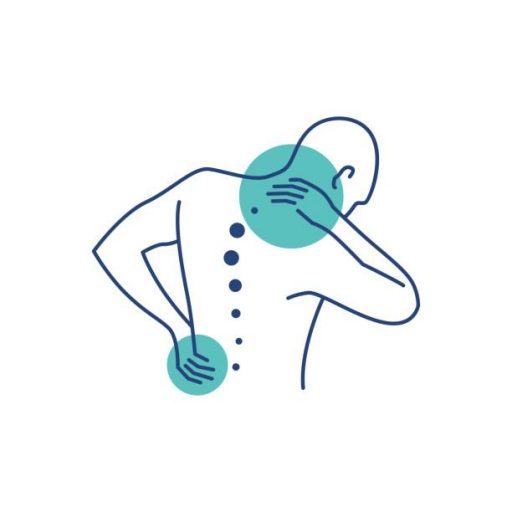Non Surgical Pelvic Floor Treatment Options
The pelvic floor is a group of muscles that form a hammock-like structure at the base of the pelvis. These muscles play a crucial role in supporting various pelvic organs, including the bladder, uterus, and rectum. A strong and well-functioning pelvic floor is essential for maintaining continence, supporting the organs, and providing stability to the spine and pelvis.
Over time, due to factors such as childbirth, aging, hormonal changes, and lifestyle habits, the diaphragm can weaken, leading to a range of issues like urinary incontinence, pelvic organ prolapse, and even lower back pain. Thankfully, there are non-surgical treatment options available to help individuals strengthen their pelvic floor muscles and improve their quality of life.
Pelvic Floor Exercises (Kegels)
One of the most well-known and effective non-surgical treatment options for pelvic floor issues is exercise, commonly referred to as Kegel exercises. These exercises involve contracting and relaxing the muscles to improve their strength and endurance.
Kegels can be done discreetly without anyone noticing, making them a convenient option for daily practice. To perform Kegels, identify the diaphragm muscles by stopping the flow of urine mid-stream or by imagining you are trying to prevent passing gas. Once you’ve located the muscles, contract them for a few seconds, then release. Aim to do multiple sets of Kegels throughout the day to gradually build strength.
Biofeedback Therapy
Biofeedback therapy is a valuable technique that helps individuals gain awareness and control over their diaphragm muscles. During a biofeedback session, sensors are placed near the pelvic muscles to monitor their activity. The feedback is displayed on a screen, allowing the patient and the therapist to see how well they are contracting and relaxing these muscles.
By visualizing their pelvic floor muscle activity, patients can learn how to target and engage the correct muscles effectively. Over time, this technique can help improve muscle coordination, strength, and overall diaphragm function.
Electrical Stimulation
Electrical stimulation is another non-surgical treatment option that can aid in pelvic floor muscle rehabilitation. During this therapy, a device delivers low-grade electrical pulses to the diaphragm muscles, causing them to contract and relax. This process helps to strengthen and re-educate the muscles, particularly in cases where patients have difficulty performing Kegel exercises on their own.
Electrical stimulation is a flexible choice for pelvic floor rehabilitation since it is often used in combination with other therapies and may be adapted to meet the unique requirements of a person as well as their condition.

